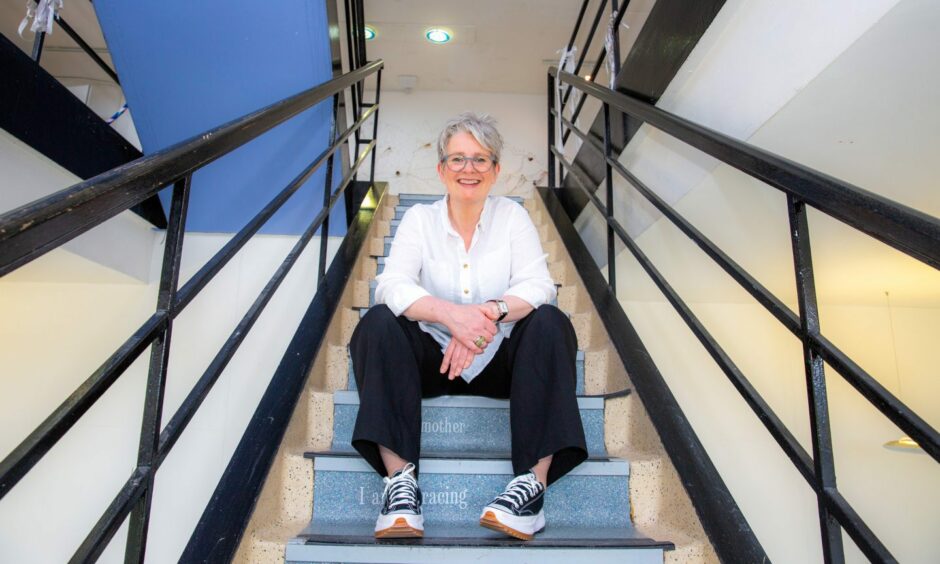
Aberdeen is more than oil, and has bright days ahead of it, according to the outgoing dean of Gray’s School of Art.
We live in changing times, but how has economic, social and political turbulence affected Aberdeen’s cultural life? And how will it change in the future?
There can’t be many better placed to answer this than Libby Curtis.
She is stepping down as dean of Gray’s School of Art in December after a 31-year association with the school.
She spoke to The P&J about Aberdeen’s changing cultural sector, leading one of the country’s oldest fine arts institutions through a pandemic, and her positivity about the future – including the much-maligned Union Street.
Joined Gray’s School of Art in 1992
Originally from Derbyshire, Libby first joined Gray’s School of Art in 1992, when she ran the First Year programme. Spells at various institutions north and south of the border followed before she returned to Gray’s in 2000. In 2017 she became dean.
The 56-year-old is taking a back seat to pursue her own artistic pursuits. While her plans haven’t taken final shape yet, she named illustration, jewellery, as well as consultancy and leadership training as possible avenues.
“In my career I’ve always said yes to things, and recently I’ve begun to think more about things I would like to do myself,” said Libby.
“So it’s not through any dissatisfaction. It’s certainly a positive decision rather than one that’s born out of anything else.
“I’m not going to be moving out of the area. I will remain connected to the people at the school.
“It’s a fabulous place to work. The students are great, the staff are great, and I’ve enjoyed all my years here.”
Aberdeen ‘a very different city compared to 20 years ago’
So what exactly has changed in Aberdeen during Libby’s time here?
“It’s a very different city compared to 20 years ago,” she said.
“There’s far greater connectivity between all the different artistic bodies in the city.
“Whether that’s Nuart, Spectra, Citymoves, Peacock Visual Arts, the art gallery – there’s much greater partnership happening now.
“There’s also greater connectivity with the city council, such as the things we’ve been doing recently with Look Again.
“There’s more artist spaces in the city. Deemouth Artist Studios, who we’ve been working very closely with, they’ve now had significant traction on the high street with Edit.
“And that’s through partnership between Aberdeen City Council and ourselves, creating spaces for artists to work in and to show their work.
“Partnership I think is really fundamental. People really willing to work together to create a community of arts and culture. That’s really important, and I think that will continue.”
Aberdeen in a ‘unique position’: transition away from oil and gas presents opportunities
One charge that has long been levelled at Aberdeen is that, with its reliance on the oil industry, it’s something of a ‘one horse town’.
With the transition away from oil and gas, there’s a sense of uncertainty in the Granite City.
But Libby sees the positives. The chance for other aspects of the area, which perhaps stood in oil’s shadow, to come to the fore.
“When I first came to Aberdeen it was all about oil. And I’m not saying that’s not there, we’re still very important in that sector.
“But there are other conversations now going on about transition, tourism, health, and about the connectivity of all those things.
“I think we’re in a unique position.
“We’re on the coast, we’re near to amazing countryside. There’s opportunities for food, art and landscape to become intertwined.
“We just need to get the narrative right so that we can speak about culture and create a destination for people.
“It’s not just about retail and spending. We have some beautiful buildings and spaces.”
The future of Union Street
Indeed, only last year, tourism gurus hailed Aberdeen as the “ultimate escape for culture lovers”.
Of course, it’s impossible to have a conversation about the future of Aberdeen without addressing Union Street.
Until the ’00s, the street was undeniably the heartbeat of the city. It’s decline since then has been well-documented.
But like the Granite Mile taskforce working to get it back on its feet again, where others see decline, Libby sees only potential.
“Union Street is a magnificent high street.
“It has some amazing buildings and it could be a really beautiful street.
“I know there have been a number of workshops on how to take it forward, some of which I have been part of.
“I think there’s lots of opportunity there, whether we pedestrianize it or create different spaces for people to interact and so on.”
Transformed Aberdeen Art Gallery an ‘icon’
While any regeneration of Union Street lies in the future, Libby waxed lyrical about another city upgrade that has been successfully completed.
The £35 million transformation of Aberdeen Art Gallery in 2019 put the city on the cultural map, she said.
“That really brought Aberdeen Art Gallery’s collection to the attention of many more people.
“It was sort of seen as a regional art gallery and people didn’t really know about the collection that they had.
“And I think with the touring shows and the emphasis on that new gallery space at the top there, bringing new works into the collection and so on, that was an amazing opportunity.
“Competitor cities have got certain icons they can talk about, for example Dundee has the V&A. Well one of ours is Aberdeen Art Gallery, and that will become ever more important.”
‘Emotional’: Steering Gray’s through Covid
Libby barely got a couple of years in the hotseat before she had to steer Gray’s School of Art through a crisis of global proportions, namely Covid.
“When you’re put in that position, you’re immediately confused as to how on earth you can do everything by remote learning. Because in art we’re so physical.
“As a school, we’d already become very good at moving some of our resources online, so some of the infrastructure was there. And we had the means to communicate with students and do tutorials and so on online.
“We had to find different ways in which students could achieve their learning outcomes with limited equipment.”
‘Tragedy’ of students’ lost development time during lockdown
Toughest was the impact on the iconic degree show. That, and the effect it had on students’ development.
“The most emotional thing was losing the degree show for those years.
“The students were so unhappy about that because that’s a celebration, a launchpad, it gives them that idea of becoming a professional.
“I think the tragedy in it all is that we’ve got students graduating this year who lost a lot of their development time. Not just in their study but as young individuals.
“You’re developing your identity, your interests, having fun, going out, partying. There’s a lot of developing in that time, not just the curriculum but self-development as well.
“And that’s really important in the context of being an artist and being a designer. Understanding the world around you, feeling the world around you.”
‘We have to be positive… culture is really important to everybody’
With better collaboration from more people, a more engaged public, a greater appreciation of the value of arts and culture, and a new world-class gallery, there has been plenty to shout about in Aberdeen’s cultural sector in recent times.
While the challenges the city is facing won’t disappear overnight, Libby is confident of a bright future.
“We have to be positive,” she said.
“Life is difficult. We’ve got a cost-of-living crisis which is biting on people, and there’s been a lot of change, with lots to come.
“We need to be positive about what Aberdeen can offer and the collaborations.
“We’re in it together and we have to forge a new way forward.
“I know there are lots of financial challenges, but culture is really important to everybody.”
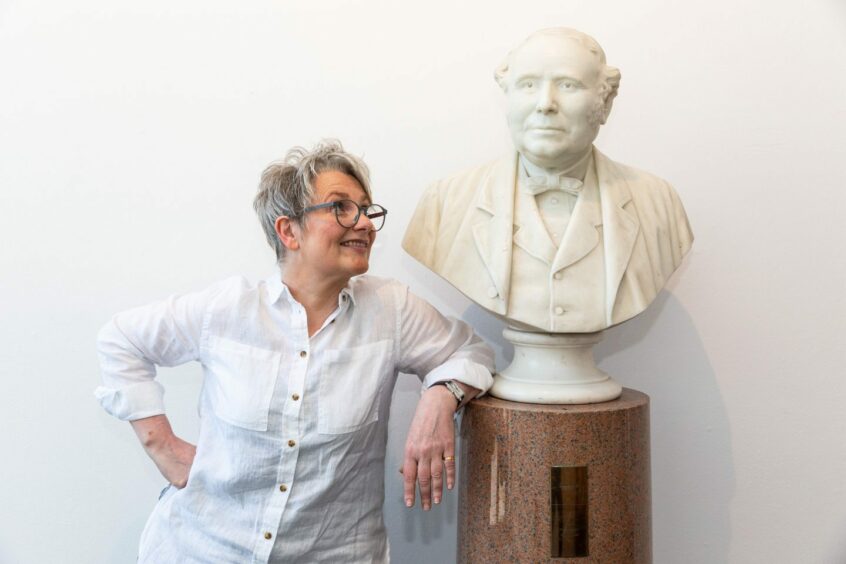
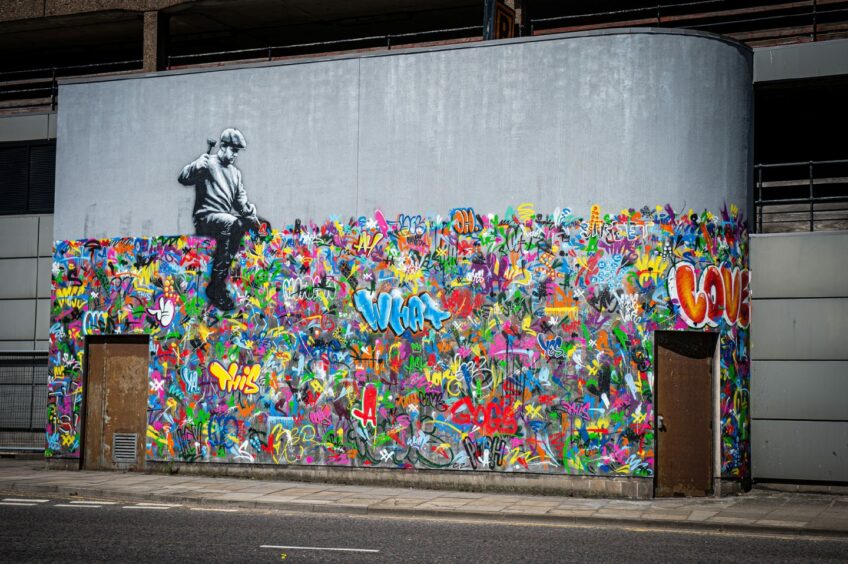
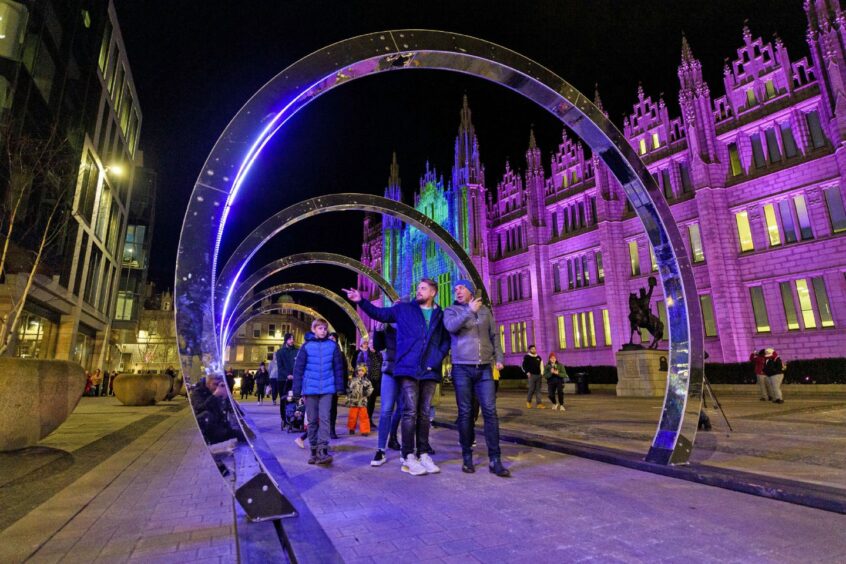
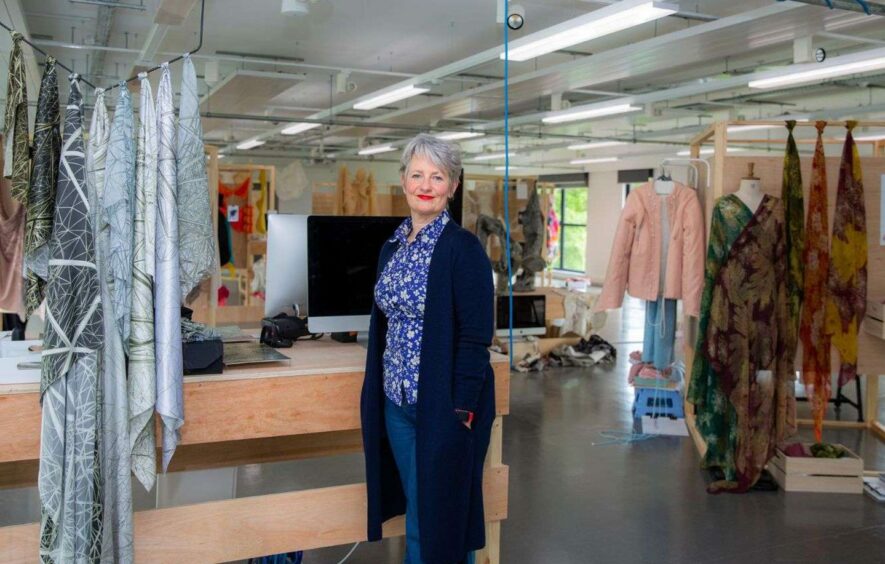

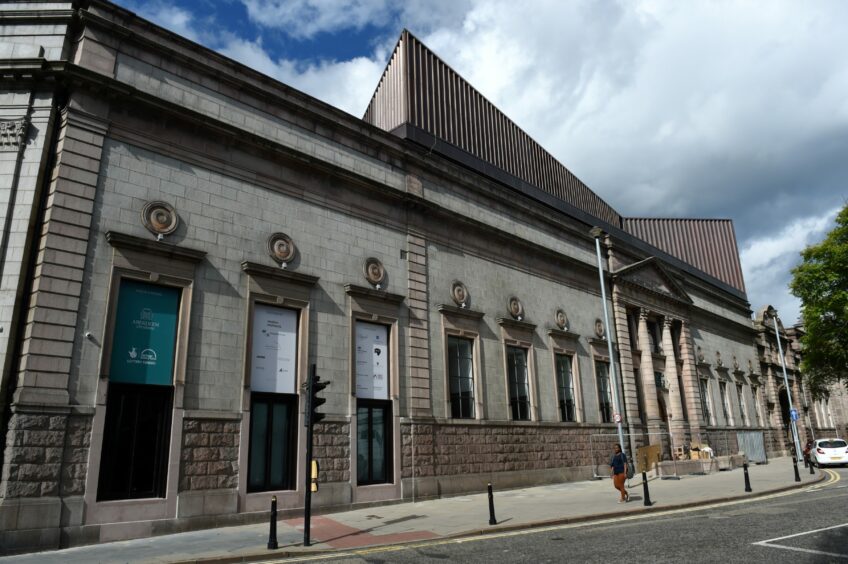
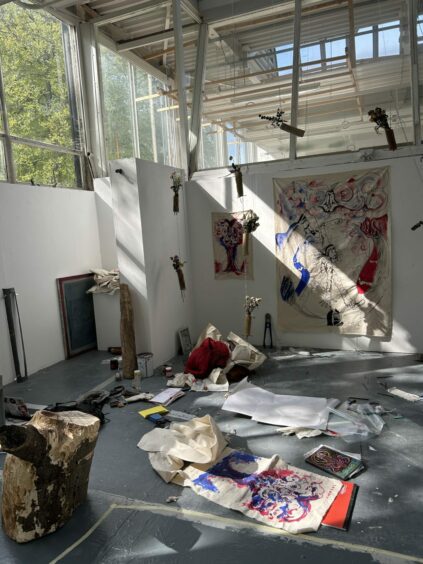

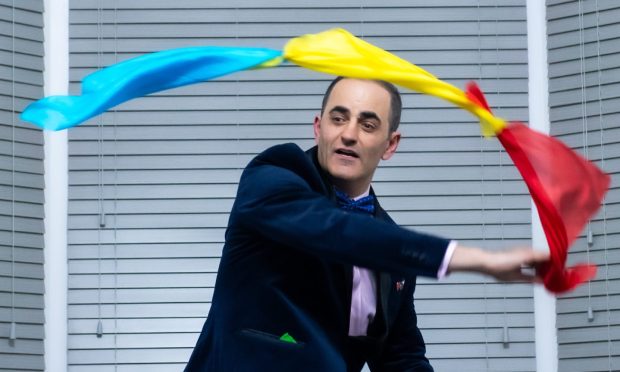
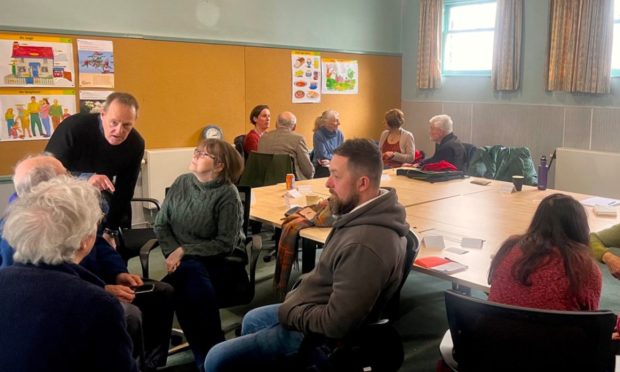
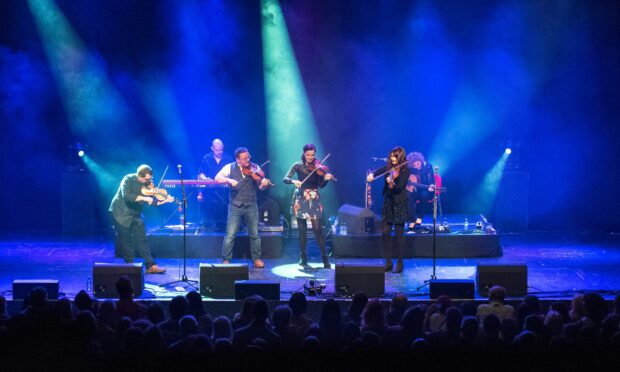
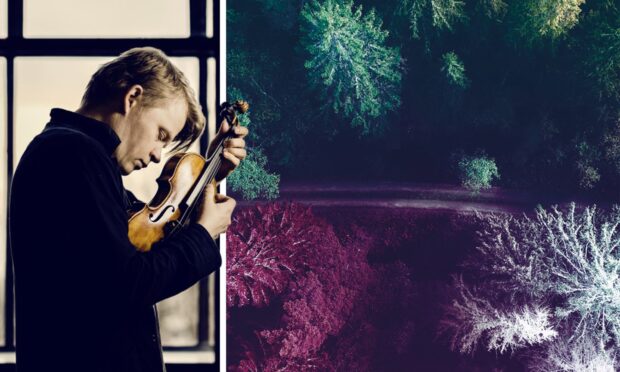
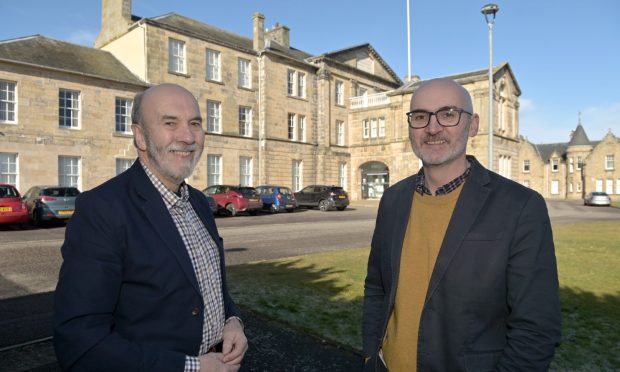
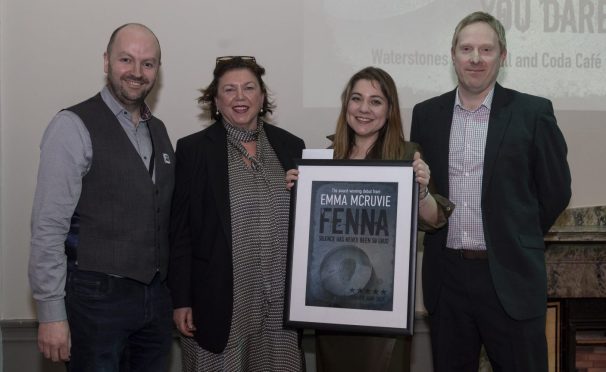
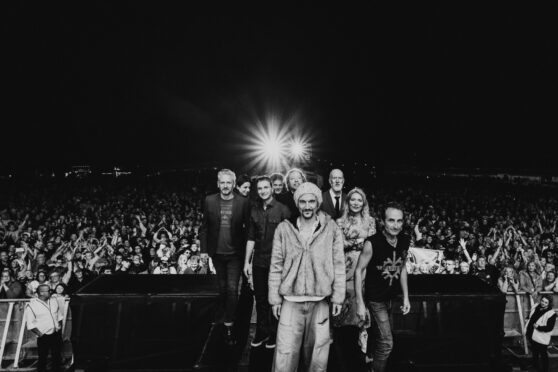
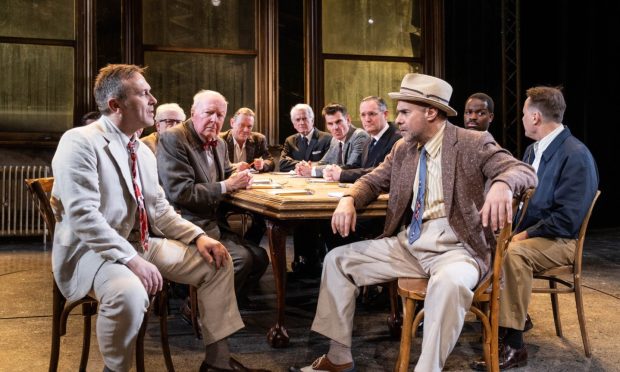
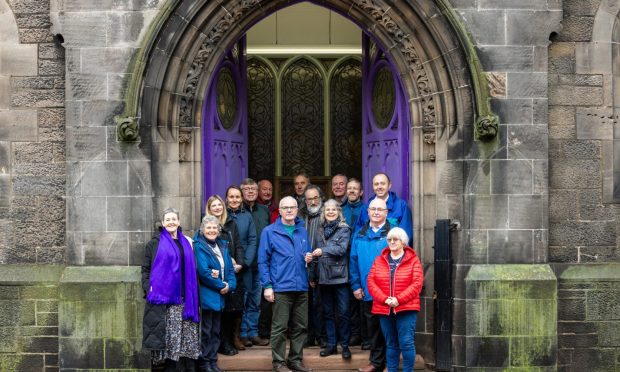
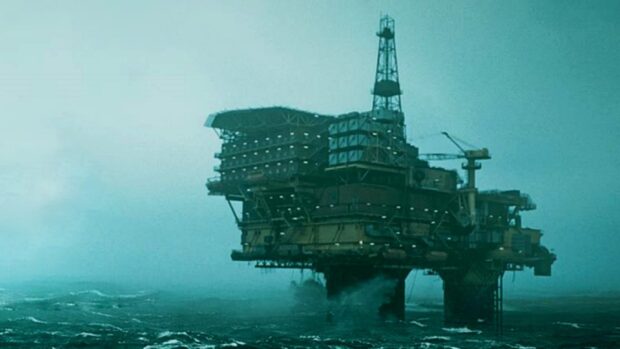
Conversation